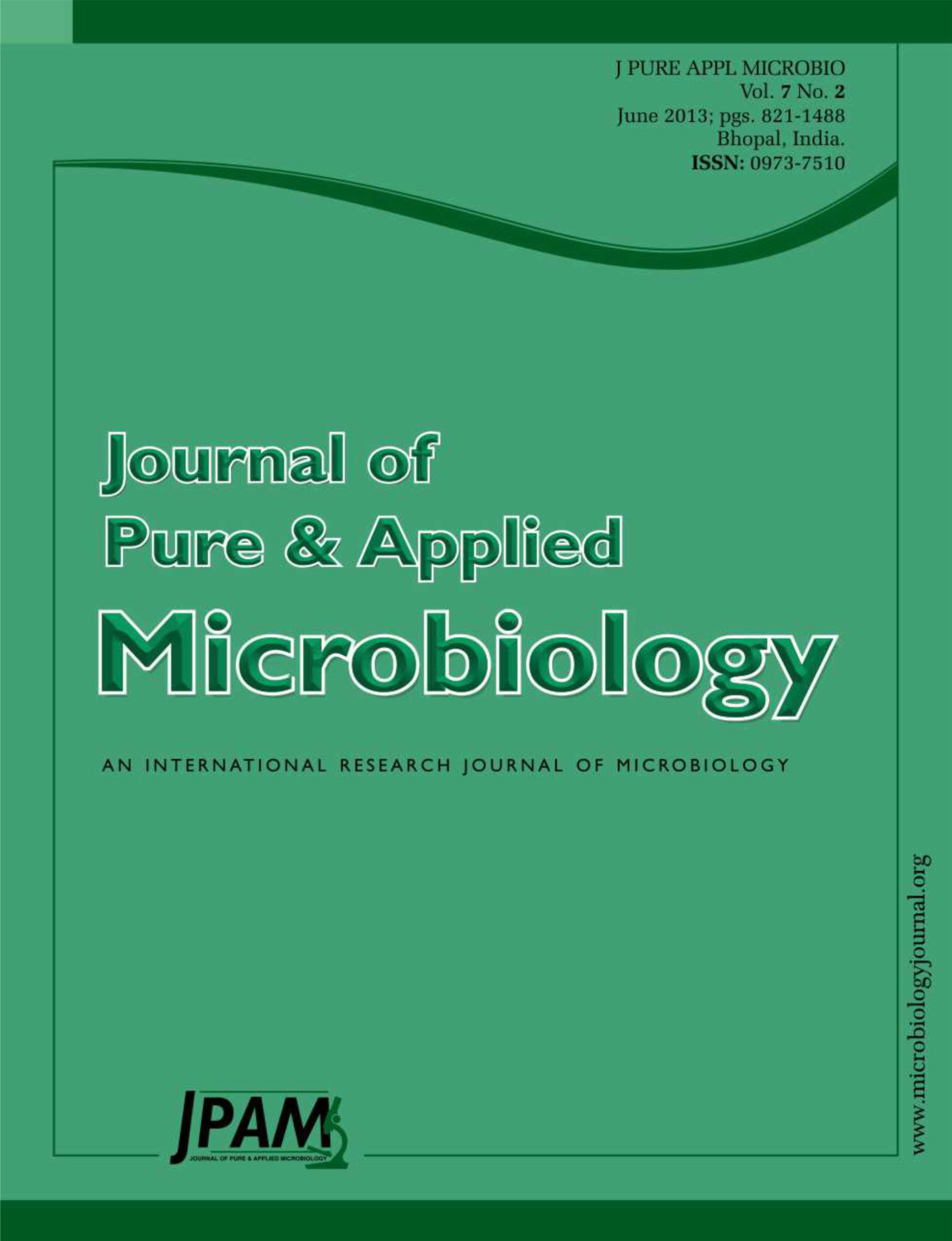This is the first study to report the growth kinetics of co-cultures of probiotics on pearl millet dietary fibre fractions. In vitro, fermentation of pearl millet fibre fraction (SDF, IDF, TDF) with four co-cultures of three probiotic stains was determined by measuring cell viable count, pH and specific growth rates at 0, 6, 24 and 48h. All co-cultures utilized millet fibre fraction, predominantly TDF, as a fermentation substrate for their growth but showed more preference for glucose. Co-culture comprised of different species produced more cell yields than combination of same species (p<0.05). pH 4.19-4.40 was found limited factor for bacterial growth. Co-culture prepared from Lactobacillus rhamnosus, Bifidobacterium bifidum and Bifidobacterium longum was found the most viable and effective during this study. It was clear evidence of synergistic activity which influenced the degree of fermentation of dietary fibre. These results suggest that millet dietary fibre fractions could stimulated the growth of the bifidobacterium species and lactobacillus rhamnosus but bifidobacterium species indicated longer, slow and constant growth compared to lactobacillus rhamnosus. Pearl millet dietary fibre has showed potential of developing into a new prebiotic for these tested probiotics.
Pearl millet, Probiotic, Lactobacillus rhamnosus, Bifidobacteria, Fermentation, Dietary fibre
© The Author(s) 2014. Open Access. This article is distributed under the terms of the Creative Commons Attribution 4.0 International License which permits unrestricted use, sharing, distribution, and reproduction in any medium, provided you give appropriate credit to the original author(s) and the source, provide a link to the Creative Commons license, and indicate if changes were made.


